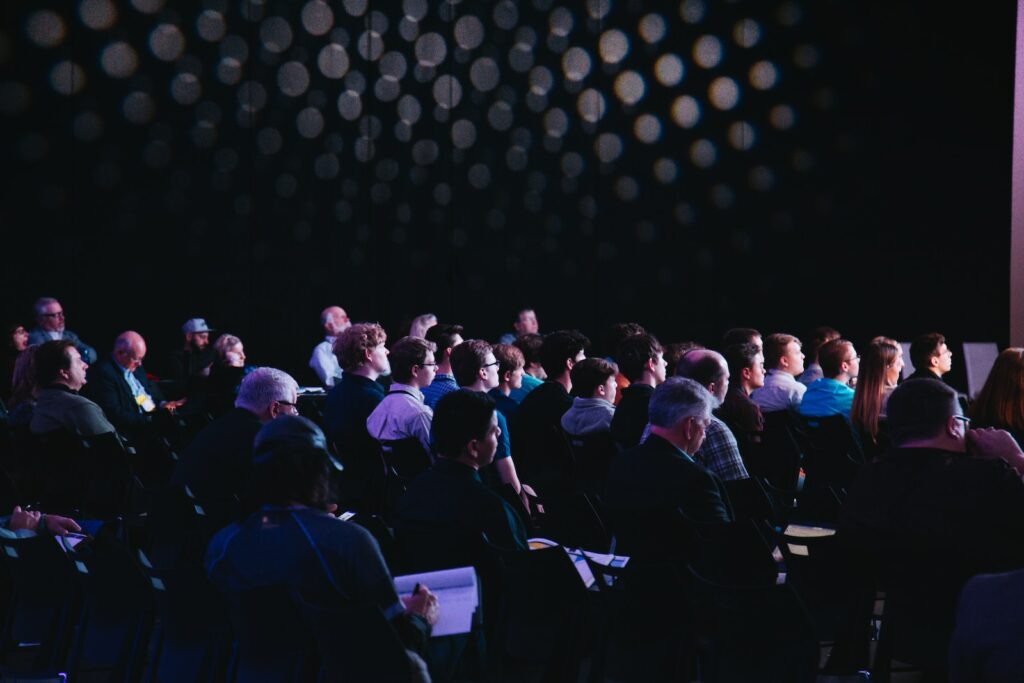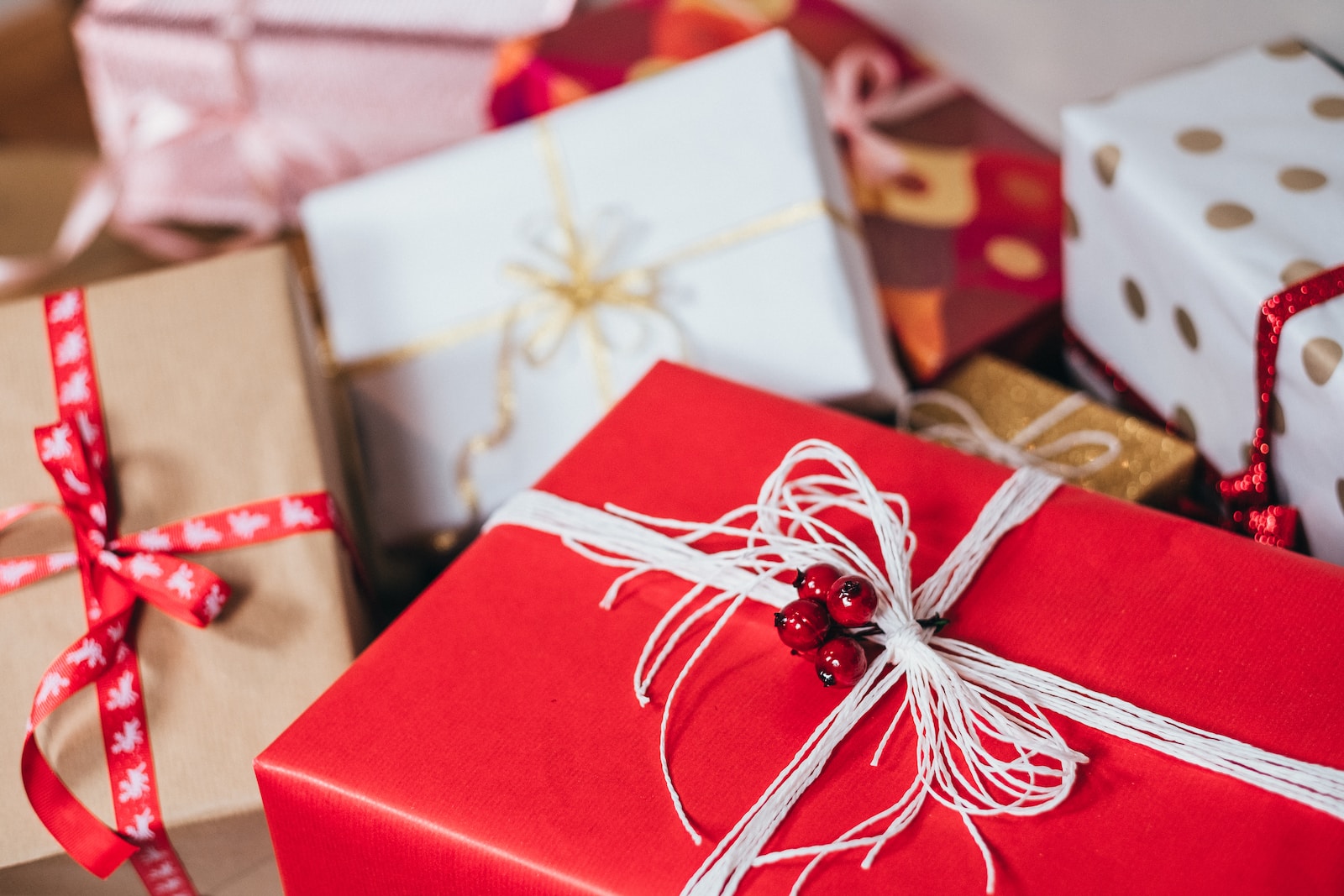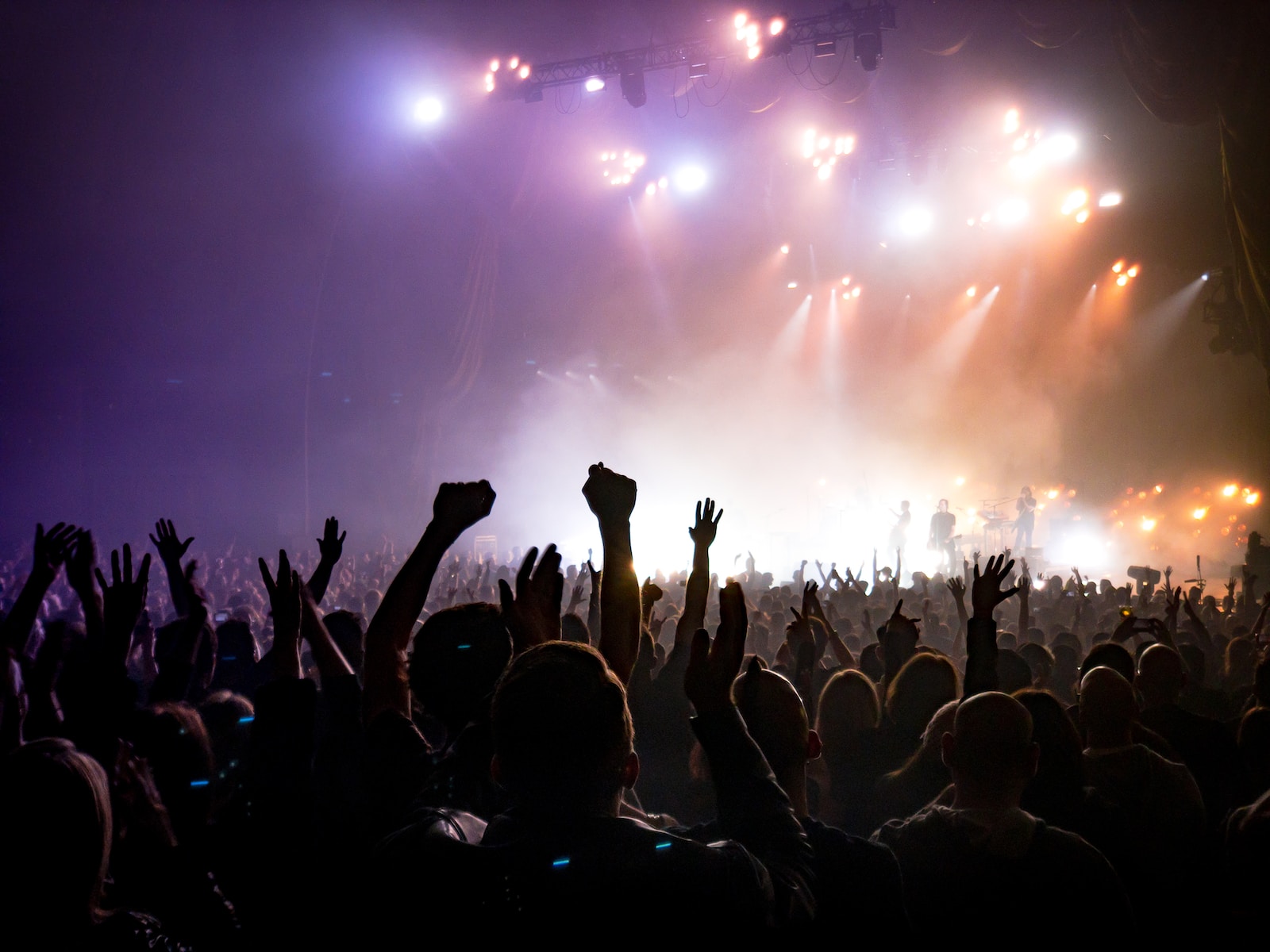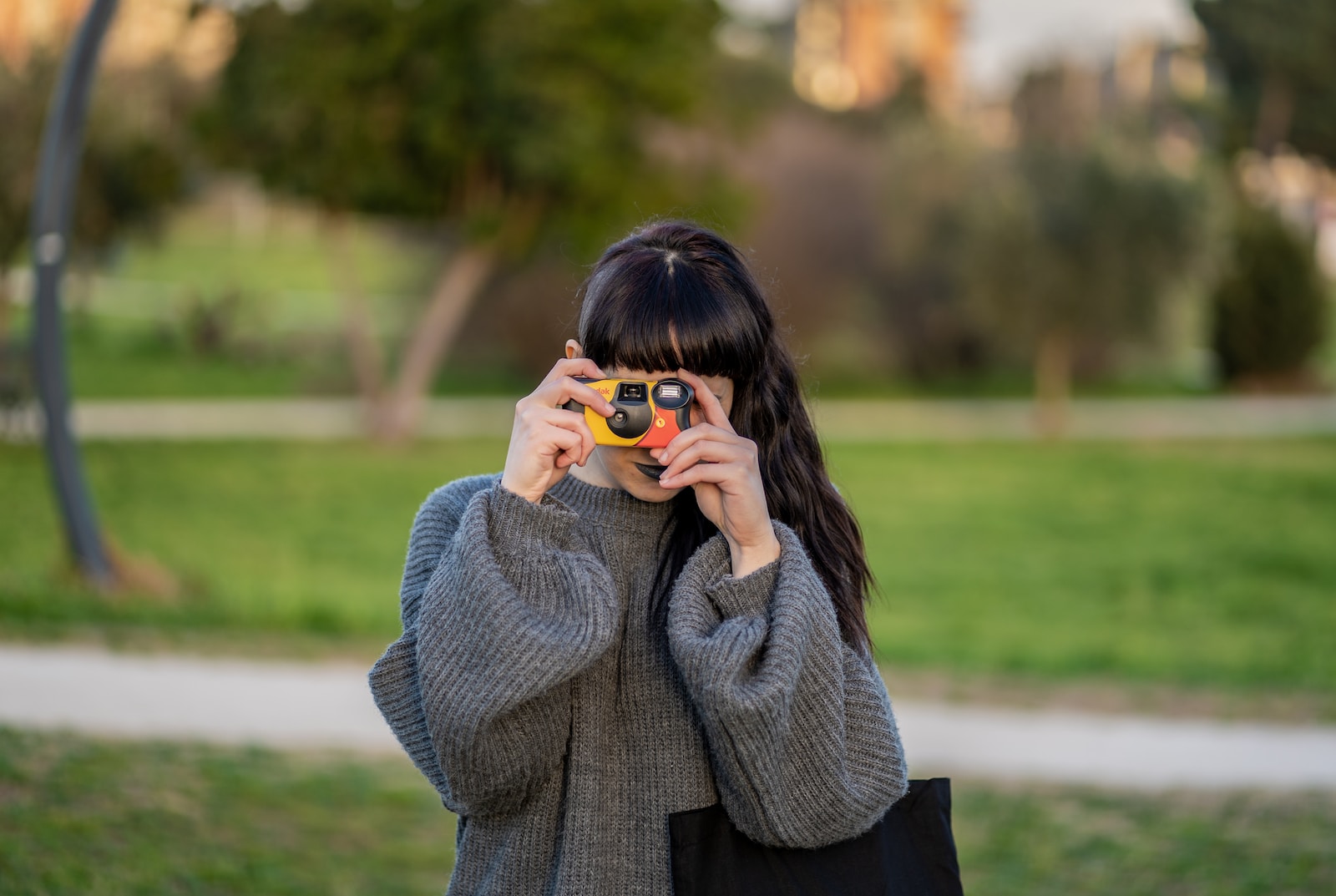Welcome to Eventful Frames: The A-Z of Event Photography! If you are passionate about capturing special moments and emotions at events, then you have come to the right place. This blog is your ultimate guide to mastering the art of event photography. Whether you are a beginner or a seasoned pro, we will provide you with valuable tips, tricks, and techniques to enhance your skills behind the camera. Join us on this exciting journey as we delve into the world of event photography and discover how to freeze those unforgettable moments forever.
Table of Contents
- Discovering the Main Subject: A Photographer’s Delight
- The Best Camera for Event Photography
- The Best Time and Position for Event Photography
- Frequently Asked Questions
- What is event photography?
- What equipment do I need for event photography?
- How can I prepare for an event photography shoot?
- What camera settings should I use for event photography?
- How can I capture emotion and candid moments at events?
- What post-processing techniques should I use for event photography?
- How can I market myself as an event photographer?
- What are some essential tips for capturing successful event photos?
- Wrap Up
Discovering the Main Subject: A Photographer’s Delight
Capturing the essence of an event lies in the ability to unearth the hidden gems within it. As an event photographer, understanding the main subject or focal point is crucial to capturing remarkable photographs that truly tell a story. Let’s explore some interesting features of the main subject that can elevate your event photography to new heights.
Embracing the Vibrant Atmosphere
Events are a hub of activity, filled with vibrant colors, exciting people, and lively interactions. Your camera lens can act as a window to the captivating world unfolding before your eyes. To capture the essence of the event, utilize techniques that emphasize the dynamic atmosphere.
Start by experimenting with different camera settings, such as adjusting the shutter speed or using burst mode to capture fast-paced moments. Freeze a dancer mid-air or catch the confetti in all its glory. These techniques ensure that every image captures the energy of the event, creating a lasting impression for the viewer.
Unveiling the Emotional Moments
Events are not just about the external spectacle; they are also a melting pot of emotions. From tears of joy to fits of laughter, every event is filled with priceless moments waiting to be captured. As a photographer, it is essential to anticipate these emotional moments and be ready to capture them in all their authenticity.
One technique that can elevate your event photography is the art of storytelling through candid shots. Be discreet and observe your surroundings, waiting for those genuine smiles, warm embraces, or even heartfelt speeches. These candid shots will allow you to encapsulate the raw emotions experienced during the event, providing an intimate glimpse into the memories that will be cherished forever.
To add depth to your photographs, experiment with different angles and perspectives. Get down low to capture a child’s perspective or stand on a higher vantage point to showcase the grandeur of the event. By playing with these visual elements, you can truly transport your audience into the heart of the event.
When it comes to event photography, focusing on the main subject is vital. By embracing the vibrant atmosphere and unveiling the emotional moments, your photographs will have a magnetic appeal. Let your camera guide you through the A-Z of event photography, as you capture the beauty of every event, one frame at a time.
Stay tuned for the next installment of Eventful Frames – where we’ll explore the intricacies of camera settings and lighting techniques that can help you overcome any event photography challenge.
Did you know that over 1 trillion photos are taken each year? With the rise of smartphones and easy access to cameras, event photography has become more popular than ever.
The Best Camera for Event Photography
When it comes to event photography, having the right camera is crucial to capturing those special moments. There are a few key factors to consider when choosing the perfect camera for your needs.
Firstly, consider the camera’s low-light capabilities. Events often take place in dimly lit venues, so having a camera that performs well in these conditions is essential. Look for a camera with a high ISO range, as this will allow you to capture sharp and well-exposed images even in low-light situations.
Another important feature to consider is the camera’s burst mode capability. Events are dynamic and fast-paced, so being able to shoot multiple frames per second will improve your chances of capturing the perfect shot. Look for a camera with a fast continuous shooting speed.
Additionally, consider the camera’s autofocus system. Events can involve a lot of movement, so having a reliable and fast autofocus system will help you capture sharp images. Look for a camera with advanced autofocus features, such as face detection or tracking autofocus.
Best Lenses and Equipment
Once you have chosen the right camera, it’s time to think about the lenses and other equipment that will enhance your event photography.
A versatile zoom lens is a must-have for event photography. It allows you to quickly adjust your focal length to capture both wide-angle shots and close-up details. Consider a lens with a focal length range of around 24-70mm, as this will give you flexibility in various event scenarios.
For capturing tight shots and details, a prime lens with a wider aperture can be a game-changer. A lens with a wide aperture, such as f/1.8 or f/1.4, will allow you to achieve a shallow depth of field and beautifully blurred backgrounds.
In addition to lenses, investing in a good external flash can significantly improve your event photography. It provides additional light when the venue’s lighting is insufficient, allowing you to avoid harsh shadows and capture well-exposed images.
Another essential piece of equipment is a sturdy tripod. While events are often fast-paced, there are instances where a tripod can be beneficial. It helps you stabilize your camera for long exposure shots or group photos without the risk of camera shake.
Consider carrying spare batteries and memory cards to ensure you’re prepared for any eventuality. Running out of battery or storage space in the middle of an event can be a photographer’s worst nightmare.
Remember, the best camera and equipment for event photography ultimately depend on your specific needs and shooting style. Take the time to research and test different options to find the perfect combination that works for you.

The Best Time and Position for Event Photography
When it comes to event photography, different seasons offer unique opportunities to capture special moments and emotions. While there is no definitive answer, considering the nature of the event and the atmosphere it creates can help determine the best time of year to shoot.
For outdoor events, the spring season provides a vibrant backdrop with blooming flowers and clear skies. The soft light during early morning or late afternoon enhances the colors and textures, adding depth to your photographs. Summer events offer longer days and abundant natural light, perfect for capturing candid moments as people enjoy the festivities.
Autumn, known for its warm and golden hues, presents a picturesque setting for events. The changing colors of the leaves create a visually stunning backdrop, ideal for capturing dramatic and emotive photos. Winter events, on the other hand, offer a unique charm with the possibility of snow and festive decorations. The contrast between the cold surroundings and warm moments can add an extra layer of intimacy to your photographs.
Choosing the Best Vantage Points and Positions for Event Photography
Getting the perfect shot often boils down to finding the right vantage point and positioning yourself strategically. Here are a few options to consider:
- The Elevated Perspective: Climbing a nearby hill or utilizing a balcony can offer a wide and encompassing view of the event. This perspective allows you to capture the entire scene, including the crowd, the stage, and any other significant elements. It works particularly well for large gatherings or concerts where the scale of the event can be emphasized.
- The Intimate Close-Up: Getting up close to the subjects will enable you to capture their genuine emotions and expressions. This approach works best for smaller, more intimate events such as weddings or birthday parties. By focusing on individuals or small groups, you can convey their emotions and interactions in a powerful and personal way.
- The Candid Observer: Sometimes, the best shots are the ones captured when people are unaware. By blending into the crowd and observing from a distance, you can capture authentic and spontaneous moments. This style is particularly effective for capturing the energy and ambiance of events like street festivals or parades.
- The Behind-the-Scenes Angle: Going behind the scenes and capturing the preparations and interactions between organizers and participants can provide a unique and compelling narrative. This perspective offers a glimpse into the effort and emotions that go into making an event successful.
Remember, the best vantage points and positions may vary depending on the event and the story you want to tell. Consider experimenting with different angles and perspectives to elevate your event photography skills.
With the knowledge of the best time of year for event photography and the options for vantage points and positions, you can now embark on capturing the special moments and emotions that make each event truly unforgettable.
One helpful tip is to always carry a backup camera body during events. This ensures that if your main camera malfunctions or runs out of battery, you won't miss any important shots. Having a spare camera also allows you to switch between different lenses quickly, capturing a variety of perspectives and compositions.
Frequently Asked Questions
What is event photography?
Event photography refers to the practice of capturing special moments, emotions, and activities at various events such as weddings, parties, conferences, and more. It involves documenting the essence and atmosphere of the event through photographs.
What equipment do I need for event photography?
To excel in event photography, you need a reliable camera with manual control options, interchangeable lenses (such as wide-angle and telephoto), external flash, tripod for stability, memory cards, extra batteries, and a camera bag for easy transportation.
How can I prepare for an event photography shoot?
Before the event, conduct thorough research about the location, schedule, and any specific requirements of the client. Plan your shots, create a shot list, check and clean your equipment, and pack all the necessary items in your camera bag. It’s also helpful to scout the venue beforehand to familiarize yourself with the lighting conditions.
What camera settings should I use for event photography?
For event photography, set your camera to manual mode and adjust the settings based on the lighting conditions. Start with an aperture range of f/2.8 to f/5.6 for a shallow depth of field and fast shutter speed to freeze motion. Use ISO settings to balance the exposure but avoid too much noise.
How can I capture emotion and candid moments at events?
To capture genuine emotions and candid moments, be discreet and blend into the event. Use a telephoto lens to stay at a distance while still capturing close-up shots. Pay attention to people’s interactions and reactions, anticipate the moments, and be ready to click the shutter at the right time.
What post-processing techniques should I use for event photography?
In post-processing, focus on enhancing the overall look and feel of the event photos. Use editing software to adjust exposure, contrast, and colors. Crop and straighten the images if needed. Apply noise reduction, sharpening, and retouching as necessary while maintaining the natural feel of the photographs.
How can I market myself as an event photographer?
To market yourself as an event photographer, create a strong online presence by building a professional website and showcasing your portfolio. Utilize social media platforms such as Instagram, Facebook, and LinkedIn to share your work and engage with potential clients. Collaborate with event planners, wedding venues, and local businesses to expand your network and reach.
What are some essential tips for capturing successful event photos?
- Familiarize yourself with the schedule and flow of the event to be in the right place at the right time.
- Use a mix of wide-angle and telephoto lenses to capture a variety of shots.
- Be mindful of lighting conditions and make use of natural light whenever possible.
- Engage with the attendees, make them feel comfortable, and capture natural expressions.
- Continuous shooting mode can help capture fast-paced moments.
- Take both posed and candid shots to capture the complete story of the event.
- Always have backup equipment for any unforeseen issues.
Wrap Up
Eventful Frames: The A-Z of Event Photography has taken you on a journey through the intricacies of capturing special moments and emotions at events. From understanding different types of events to mastering the art of composition, lighting, and storytelling, this guide has equipped you with essential knowledge for becoming a skilled event photographer.
Now it’s time to put your newfound knowledge into practice! Grab your camera, head to the next event, and start capturing those unforgettable moments! Remember, every event holds its own unique story waiting to be told through your lens.
We hope this guide has inspired you to take your event photography skills to the next level. If you have any questions or want to share your experiences, don’t hesitate to leave a comment below. Let’s engage and continue learning together!



